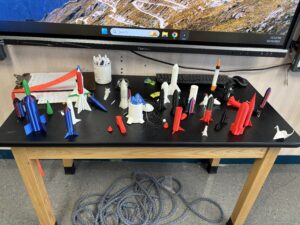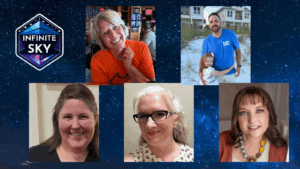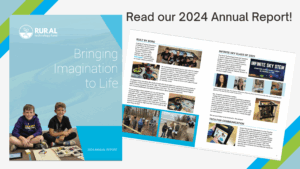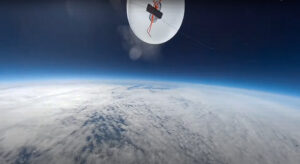The Rural Technology Fund + Teachers in Space are offering the Infinite Sky STEM project to help rural students receive a hands-on opportunity to explore careers in the commercial space industry! Five classrooms were chosen to build functional CubeSat Emulators and send them on a High Altitude Balloon Mission to conduct experiments. Meet the five educators leading those projects below!
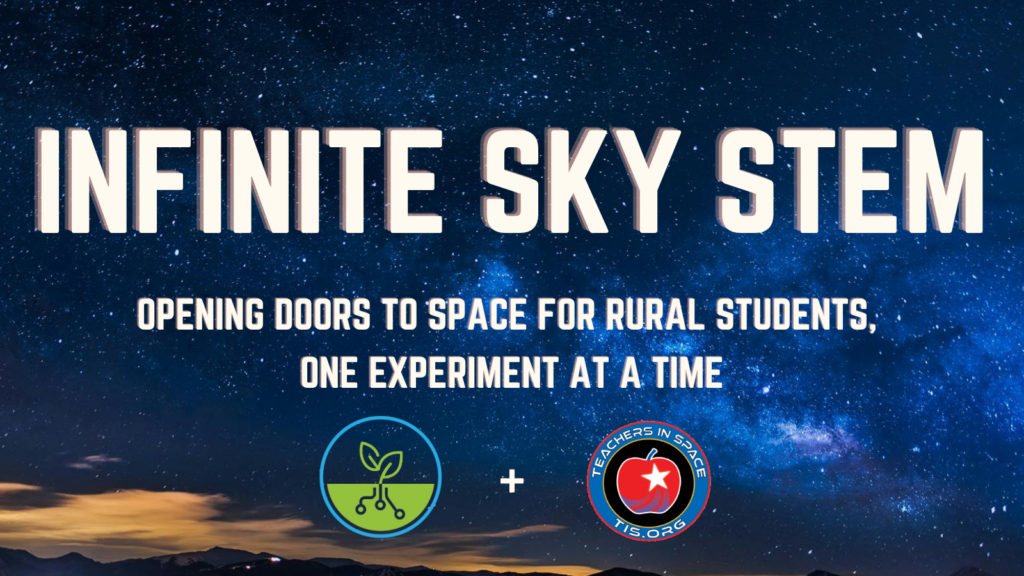
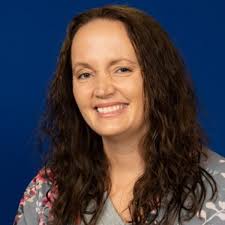
Sarah Enyeart is an elementary teacher in Shade Gap, PA.
As a prior RTF grant recipient, Sarah brought FIRST Lego League to her students, forming multiple teams and competing locally. Now, she will integrate the CubeSat Emulators into club period, giving her students a hands-on experience.
Sarah wrote, “As an educator committed to the growth and development of my students in rural Pennsylvania, I continuously seek innovative methods to provide enriching experiences that expand their horizons. Through the implementation of engaging STEM projects, we are able to illuminate career pathways and opportunities that may have previously been unknown to both the students and their families. By fostering an environment of exploration and discovery, we empower our students to envision a future filled with possibilities in the fields of science, technology, engineering, and mathematics.”
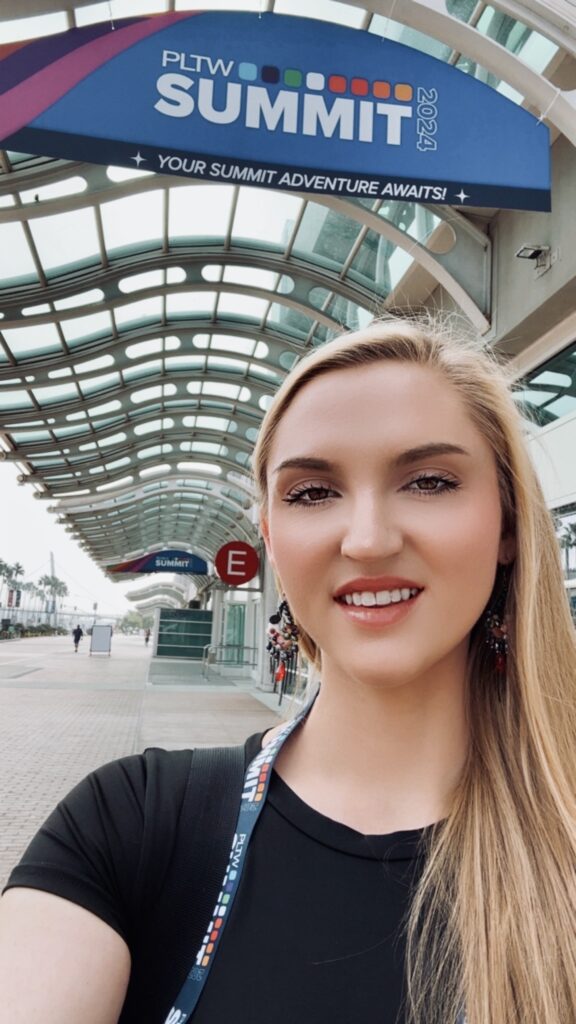
McKenna Akane is a K-8 STEM educator in Alberton, MT. In her first year teaching, she received multiple awards, including the Discovery Education “2024 National Educator of the Year,” the SHAPE Montana “2024 Rookie Educator of the Year,” and the Project Lead The Way “2025 National Outstanding Teacher” award.
Aligning with her elementary and middle school curricula, she plans to integrate the project into the school day and display the results at her town’s Exhibition Night.
McKenna wrote, “What interests me most about the project is the opportunity for a long-term project where my students can collaborate with others and an outside organization and have their solutions sent up and tested. It also aligns with our new emphasis of data collection and interpretation.”
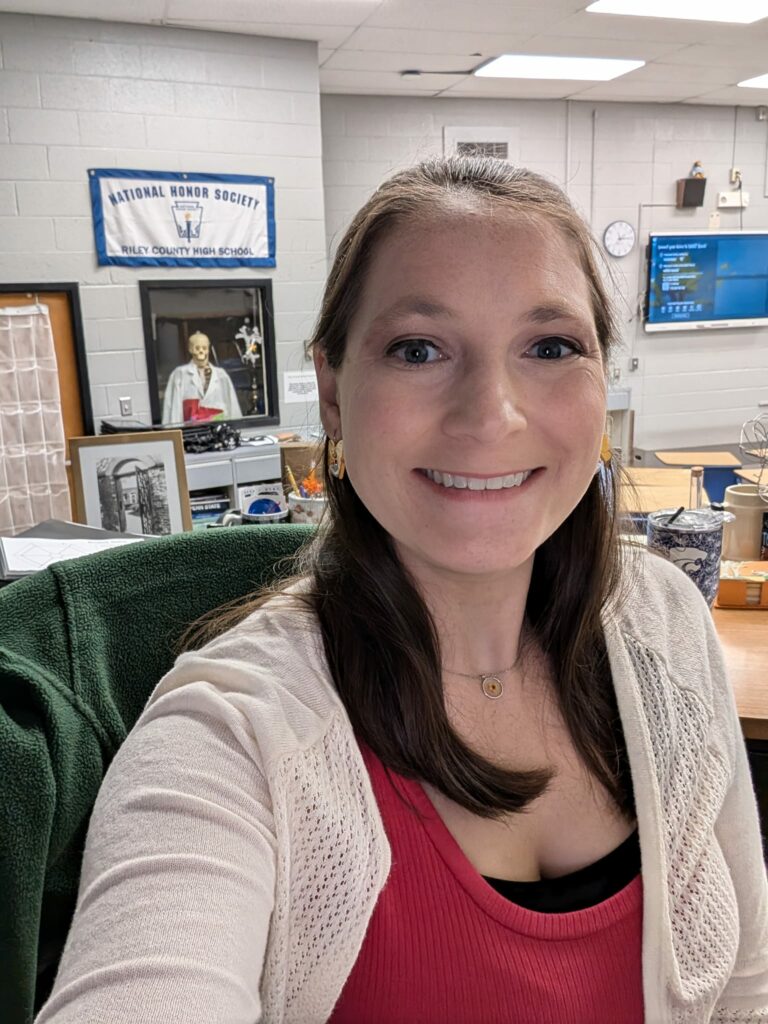
Breanne Williamson is a high school teacher in Riley, KS. She has been involved with SHAPE Matters through Penn State’s Center for Science at the Schools, diving deeper into protein research, and is excited to add some new knowledge in a different science content through this program.
She plans to integrate this project into her Earth/Space course, a year-long class in which students study the basics of atmospheric science. She plans to involve the whole school in following along with building and data analysis.
Breanne wrote, “My biggest excitement about the project is that this particular class struggles with interest in our content but excels at activities that involve working with their hands and building. I believe this would provide them a window into what opportunities could exist for them and build confidence in their abilities to pursue those opportunities.”
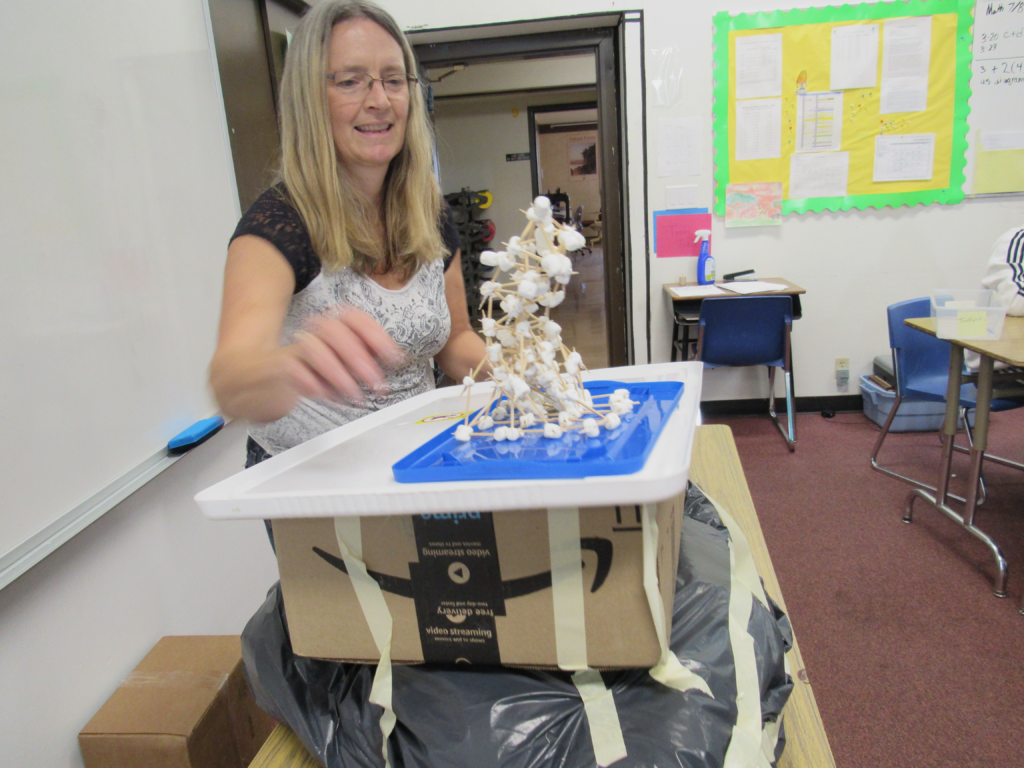
Robin Bolle is a secondary teacher in Downieville, CA.
Teaching an elective Astronomy course, she plans to integrate the project directly into the curriculum. Not only that, the other science classes and history class will support the project, with the on-campus elementary school following along. With 18 students from 7th-12th grade, everyone will get their hands on this project.
Robin wrote, “The students are very engaged in hands-on projects, and they learn so much. This sounds like a very rewarding project. Building the project will teach the students great skills for future engineering. Having it launched will be amazing. The data that we will gather will provide many years of analyzing.“
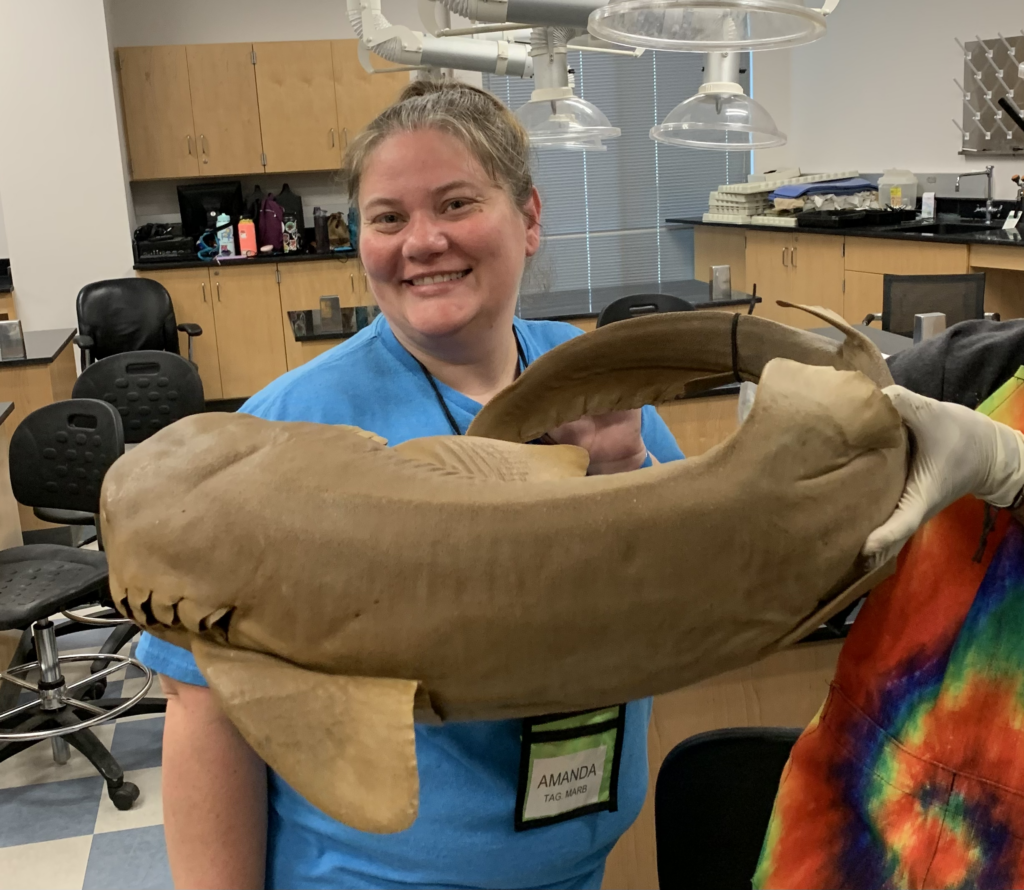
Amanda Bramlett is a high school science teacher in McLeod, TX.
Integrating the project into her Physics class, and taking her Biology, Chemistry, and Forensics classes along for the ride, her students will all get to play a part.
Amanda wrote, “I have a lot of very hands-on oriented kids. Not many of them have a lot of opportunities to do STEM-related activities until they get to my classroom. Many of them are under the impression that STEM is hard and learning about science wouldn’t benefit them. I like to bring in as many things as possible to try to change that mentality. I also have a few that are very interested in space and engineering. I want to help foster that excitement in STEM!”
We are thrilled to follow along with these five schools to see what they come up with for their experiments! Stay tuned as we share their journeys — make sure you follow our social media accounts linked below!

